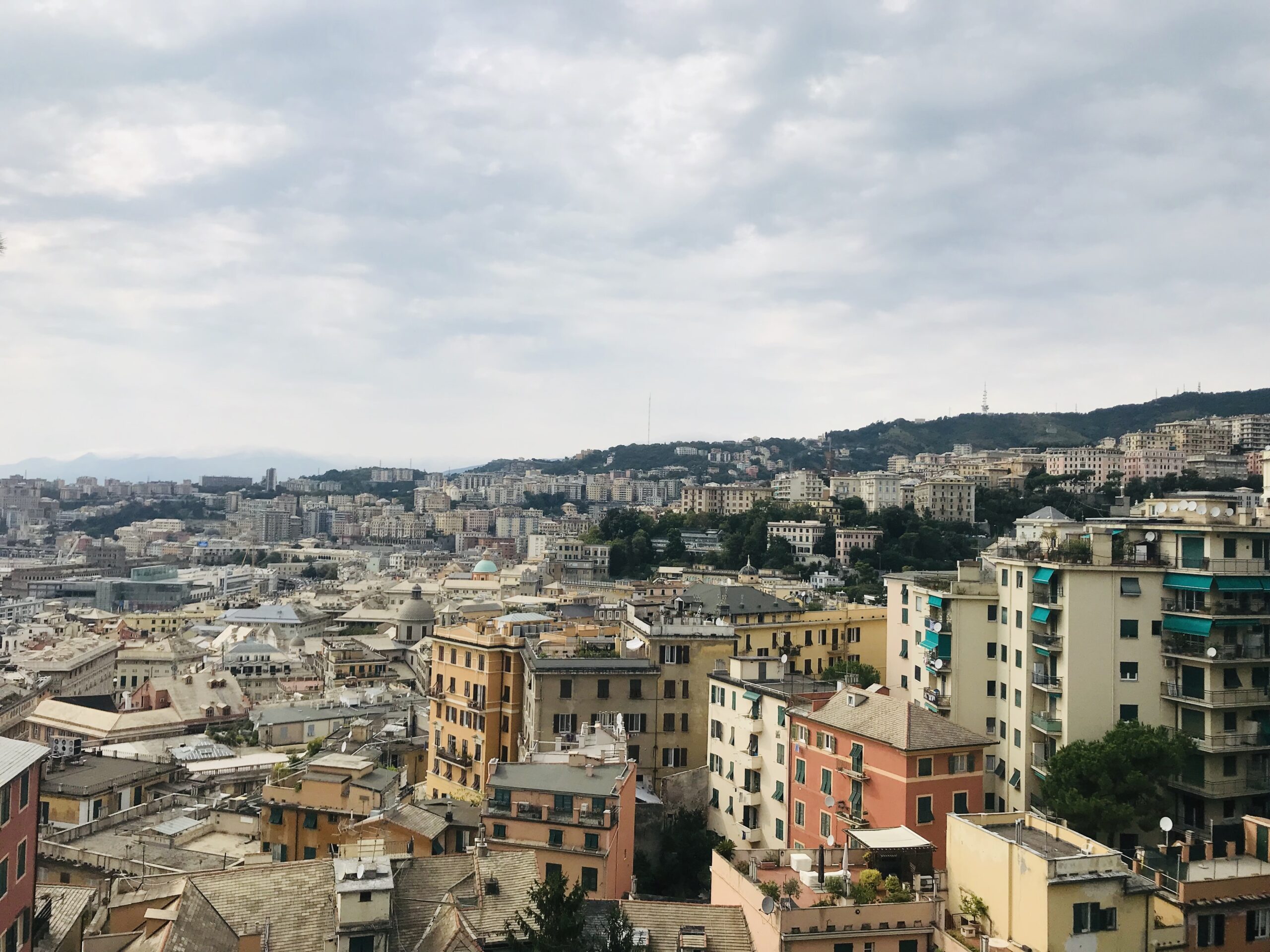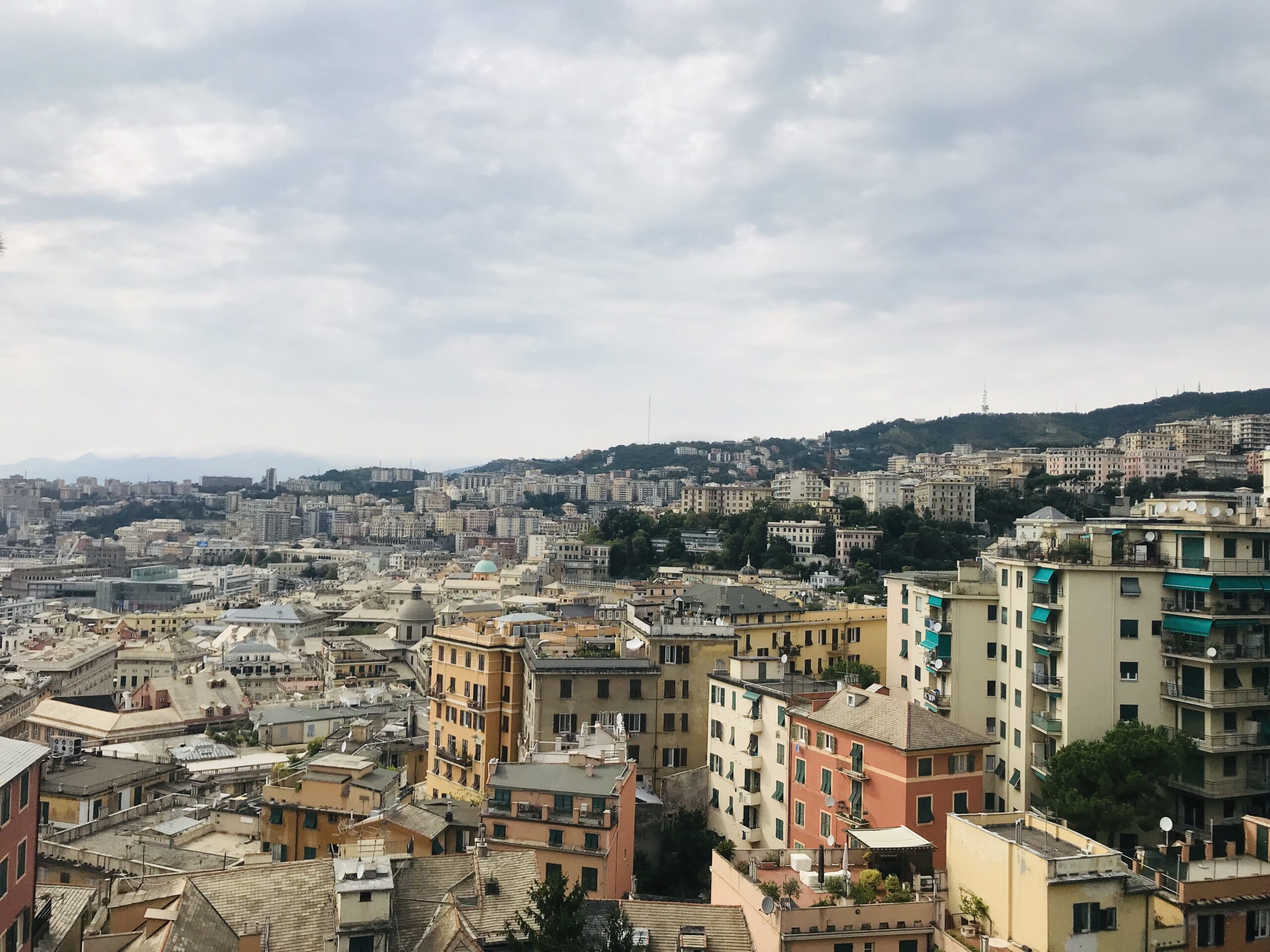Are you in need of a talented graphic designer for your next project? Look no further! This article will provide you with a concise list of the best freelance graphic designer websites. Whether you are looking for someone to create stunning visuals for your website or to design eye-catching logos and advertisements, these platforms offer a wide range of skilled professionals ready to bring your vision to life. From Behance and Dribbble to Upwork and Freelancer, you’ll find a variety of options to suit your specific needs and budget. So, let’s dive in and discover the top freelance graphic designer websites that can help take your project to the next level!
1. Behance
A. Overview
Behance is a popular online platform that allows creative professionals to showcase their work and connect with potential clients. It provides a space for artists, designers, photographers, and other creative individuals to share their portfolios and gain exposure in the industry. With millions of users worldwide, Behance has become a go-to platform for companies and individuals looking to hire freelance graphic designers.
B. Features
One of the key features of Behance is its user-friendly interface, which allows designers to easily upload and organize their work. The platform also offers various tools for customization, allowing artists to personalize their portfolios and showcase their unique style. Additionally, Behance provides social networking features, including the ability to follow other creatives, like and comment on their work, and receive notifications when someone interacts with your portfolio.
C. Pros
Behance offers numerous benefits for freelance graphic designers. Firstly, it provides exposure to a wide audience of potential clients and collaborators. By showcasing your work on Behance, you can attract the attention of companies and individuals who are searching for creative talent. Additionally, Behance allows designers to receive feedback and constructive criticism on their work, which can help them grow and improve their skills. Lastly, Behance is free to use, making it an accessible platform for designers of all levels.
D. Cons
While Behance offers many advantages, there are some drawbacks to consider. One limitation is that the platform is primarily focused on showcasing visual work. While this is ideal for graphic designers, it may not be as suitable for professionals in other creative fields such as writing or music. Additionally, the high volume of users on Behance means that competition can be fierce, and it may be challenging to stand out amongst the crowd. Finally, Behance lacks a built-in messaging system, which can make communication with potential clients more difficult.

2. Dribbble
A. Overview
Dribbble is a leading community for designers to showcase their work, connect with other creatives, and find job opportunities. It is known for its emphasis on high-quality visuals and its vibrant and active community. Dribbble allows freelance graphic designers to exhibit their portfolios, collaborate with others, and gain exposure in the design industry.
B. Features
One of the standout features of Dribbble is its focus on showcasing individual design projects as “shots.” Designers can upload their work as single images or animated GIFs, helping to capture the essence of their creations. Dribbble also offers a range of social features, including the ability to follow other designers, appreciate their work, and leave comments for feedback. Additionally, Dribbble has a job board where designers can find freelance opportunities and connect with potential clients.
C. Pros
Dribbble offers several benefits for freelance graphic designers. Firstly, the platform has a strong community aspect, allowing designers to connect with peers, receive feedback, and learn from others in the industry. The emphasis on visual quality and craftsmanship on Dribbble also helps designers showcase their skills and attract the attention of potential clients. Furthermore, Dribbble’s job board provides a convenient way to find freelance gigs and expand one’s network.
D. Cons
Despite its strengths, Dribbble has a few drawbacks to consider. One limitation is that the platform operates on an invitation-only basis for designers to share their work. While this exclusivity ensures a high standard of work on the platform, it may make it more challenging for new designers to join and showcase their portfolios. Another downside is that Dribbble’s focus on visuals may overshadow other creative disciplines, potentially limiting opportunities for designers working in non-visual fields. Lastly, some designers argue that Dribbble’s emphasis on aesthetics can lead to superficial judgments of a designer’s skills or abilities.

3. Upwork
A. Overview
Upwork is one of the most well-known and widely used freelance platforms, offering a range of job opportunities for graphic designers and other creative professionals. The platform connects freelancers with clients from around the world, making it an excellent resource for freelance graphic designers searching for projects.
B. Features
Upwork provides a robust set of features for freelance graphic designers. The platform allows designers to create a profile, showcase their portfolio, and specify their skills and expertise. Freelancers can then search for relevant job postings, submit proposals, and negotiate terms with potential clients. Upwork also includes tools for time-tracking, invoicing, and secure payments, streamlining the freelance process.
C. Pros
Upwork offers numerous advantages for graphic designers looking for freelance work. The platform provides a vast pool of job opportunities, allowing designers to find projects that align with their skills and interests. Upwork’s rating and review system helps establish credibility and build a positive reputation in the freelance community. Additionally, the platform handles many administrative tasks, such as payment processing and contract management, easing the burden on freelancers.
D. Cons
Despite its popularity, Upwork has some downsides to consider. Firstly, there is significant competition on the platform, which can make it difficult for new or less experienced designers to stand out. The presence of international freelancers who may offer lower rates can also impact pricing dynamics. Additionally, Upwork charges service fees to both freelancers and clients, which can eat into earnings. Some designers have also criticized the quality of clients and projects on Upwork, highlighting the need for careful vetting and due diligence.

4. 99designs
A. Overview
99designs is a unique freelance platform that focuses specifically on graphic design projects. It operates on a contest-based model, allowing clients to post design briefs and receive submissions from a pool of designers. This approach offers an alternative way for freelance graphic designers to find work and showcase their skills.
B. Features
One of the standout features of 99designs is its contest-based system. Clients submit design briefs, and designers compete by submitting their interpretations of the brief. The client then selects a winning design from the submissions and pays the chosen designer. 99designs also provides collaboration tools, including a messaging system for communication between clients and designers. Additionally, the platform offers design categories ranging from logos and branding to packaging and web design, giving designers a variety of project options.
C. Pros
99designs offers several benefits for freelance graphic designers. The contest-based model can be an effective way for designers to demonstrate their creativity and problem-solving skills while competing for paid projects. The platform also provides exposure to a large client base, allowing designers to connect with potential clients from various industries. Furthermore, the review and rating system on 99designs helps establish credibility and attract more clients.
D. Cons
While 99designs has its advantages, it also has some drawbacks. One limitation is that the contest-based system means designers invest time and effort into creating designs without any guarantee of payment. As a result, there is a risk of uncompensated work if a design is not chosen as the contest winner. Additionally, the competitive nature of the platform means that designers must continually participate in contests to maximize their chances of securing paid projects. Some designers also argue that the contest model can undervalue the work and expertise of graphic designers, as clients may prioritize cost over quality.

